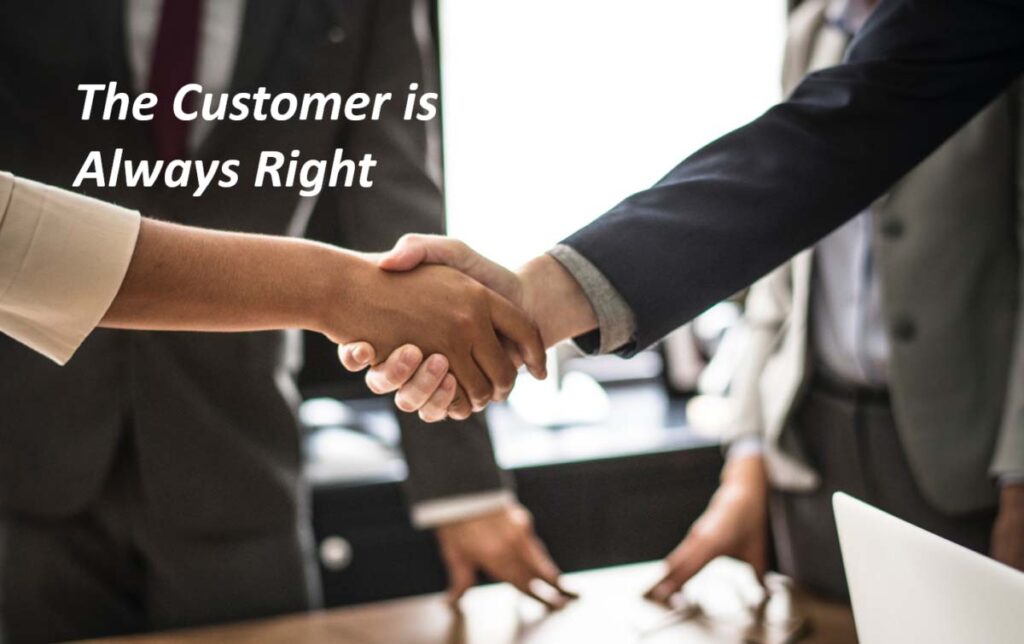By Paul Gustavson
At SimVentions, one thing we say about our customers is, “Focus on your customers need to buy, not your need to sell.” It’s a powerful statement, but do you know what it truly means?
We want to help our customers succeed day-in and day-out. The products our customers buy from us are our solutions and services supporting their needs. Our goal is to increase our value for our customers by supporting those needs (internal or external). Our motto is, “Your Success is Our Honor.” However, what if we are missing a key piece to make this happen?
In the book, Lean Customer Development, author Cindy Alvarez shares, “While everyone has a product development methodology, almost no one has a customer development methodology.” It can be easy for a company to fall into the trap of spending time and effort optimizing a product development process, and then totally lose sight of the customer development process. But Alvarez asks a poignant question, “Shouldn’t we invest at least as much time in understanding our customers, their needs and pain points, and how to deliver solutions to them?” The answer, of course, is YES! It may feel like your company always does this, but do they?
Let’s understand the difference. “Product development answers the question, When (and what) can they buy?” “Customer development answers the question, ‘Will they buy it?’” The first point is important, but it’s the second point that unlocks the box. The formula for customer development is quite simple. “Learn what your customers need, and use that knowledge to build exactly what they’re willing to pay for.” Customers are what makes a product successful. “Without customers willing to buy, it doesn’t matter how good or innovative or beautiful or reasonably priced a product is: it will fail.” Here are a few steps to consider.
Capture Assumptions and Hypothesis – Take time with your team capturing your assumptions about your customers so that you can validate them. Then, create your problem hypothesis. A hypothesis identifies who, what, when, and why. Make sure your hypothesis is as specific as possible. “The narrower your focus, the faster your progress in proving it right or wrong.”
Create a Customer Profile – Create a target customer profile with your team using a traits spectrum to identify your customers. Map your customer’s likes, dislikes, behaviors, character, and qualities. As they say in show business, “Know your audience.”
Conduct Customer Development Interviews – Conduct what Alvarez calls, “Customer development interviews,” with real customers, or personas. “Customers may not know what they want, but they can’t hide what they need.” Jeff Bezos, the founder and CEO of Amazon, makes it a point for his teams to always consider the customer. That’s why if you were able to walk into one of his team meetings, you’d find an empty chair representing the customer. Ask open-ended questions that go beyond the surface. Every hypothesis you invalidate through dialog and conversation prevents you from wasting time building a product no one will buy, or buy from you again.
Remember, it’s not what you are trying to sell, it’s about who’s problem you are trying to solve, and identifying that problem. It’s about the customer’s need to buy.
